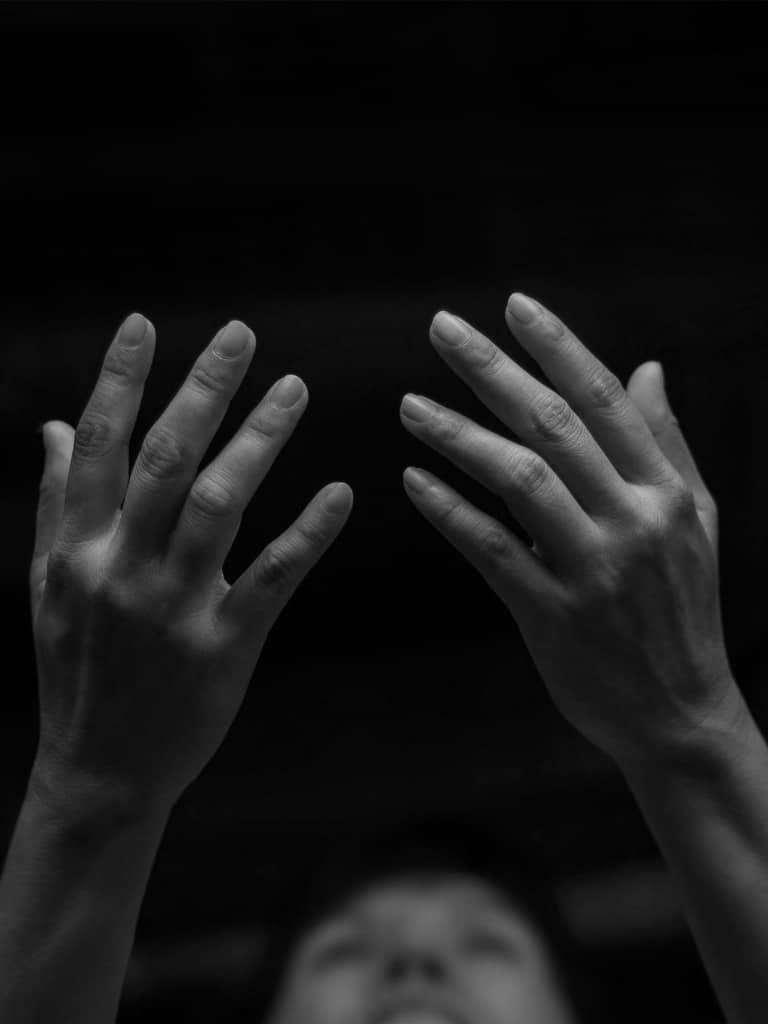Entering Recovery | A Hero’s Journey
By Matt Shedd
In the classic study of mythology and world religion, “The Hero with a Thousand Faces,” Joseph Campbell famously outlined the hero’s journey. Surveying myths, stories, various faiths, fairy tales and folklore, Campbell proposes that every character’s journey, and our own spiritual journeys, follow the same general pattern.
At the beginning the story, the hero isn’t a hero yet. Luke Skywalker wanders the sand dunes of his aunt and uncle’s farm in Tatooine; Frodo and friends are living easy in the Shire; Harry Potter is locked under the stairs.
Then, something bursts into the characters’ lives to call them out of their ordinary, everyday existence into a journey that changes everything.
Initially, the hero usually refuses the call. The path into the unknown that lies ahead is too frightening and uncertain. Harry doesn’t believe he’s got the stuff to be a real wizard. Luke doesn’t think he could possibly be the hope that Princess Leia is looking for.
We understand their reluctance. Their journeys are going to involve leaving home, stretching boundaries, trusting unknown helpers, and mastering new tools for the difficulties ahead. The going gets rough and there are always moments when our heroes wished they had never left the safety of the familiar.
A similar thing happens to people suffering from an addiction. Whether it’s alcohol, drugs, compulsive or codependent behavior, life has become predictable and tiresome for the person with the addiction. In fact, the routine becomes destructive to themselves and those around them. But it is familiar, and therefore, less threatening than doing something different.
Then, a call to adventure bursts in. A life-changing opportunity presents itself, although it never feels that way at the time. For the person entering recovery, this call usually comes in the form of a major consequence, such as an arrest, car accident, loss of a job or an ultimatum from a loved one. These situations are distressing, fraught with uncertainty, and overwhelming.
This call is often initially refused as well. The refusal usually sounds like some variation of one of the following: I don’t need help with this; I just need to cutback; You’re overreacting; I’m just going through a tough time; I can quit on my own; I just need time to get this under control. All off these are ways of saying, Please don’t make me leave the the routine that I know, even if it’s killing me.
Like the heroes in the stories, our clients typically think that the journey is impossible. Total and lasting recovery from a life-threatening chemical dependency just seems too good to be true. They have reached for that freedom too many times and failed.
Fortunately, the call to adventure comes with the promise of help from something bigger than ourselves.
The journey we invite clients and their families to take is more heroic and challenging then saving Middle Earth or subverting the galactic empire. The Big Book of Alcoholics Anonymous talks about recovery as a “complete psychic change” where “old ideas are set aside” in favor of a new way of living. Working the 12 steps takes a person from the extreme nearsightedness of constantly fighting for survival to being a useful, valued, and compassionate member of their family, community, and friend groups. They are given a life “free[d] from the bondage of self.”
Recovery means moving from being a spectator into an active participant. Recovery has the ability to turn us into people who ask: What can I contribute?, rather than What can I take?
If that’s not a heroic journey, I’m not sure what is. It’s heroic because it’s a journey that not only saves the life of the participant but contributes and helps to save the lives of those around her as well.
For a summary of the change that occurs on the journey, you can’t beat this description from The Big Book:
“Life will take on new meaning. To watch people recover, to see them help others, to watch loneliness vanish, to see a fellowship grow up about you, to have a host of friends – this is an experience you must not miss.”
That’s why MARR is here. In fact, that’s why we’re all here: to help facilitate that transformation for one another.






